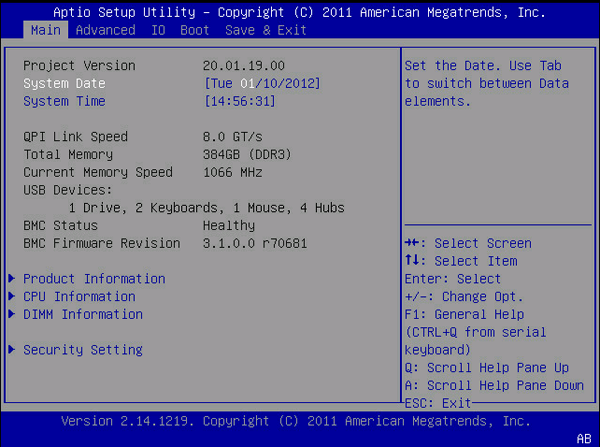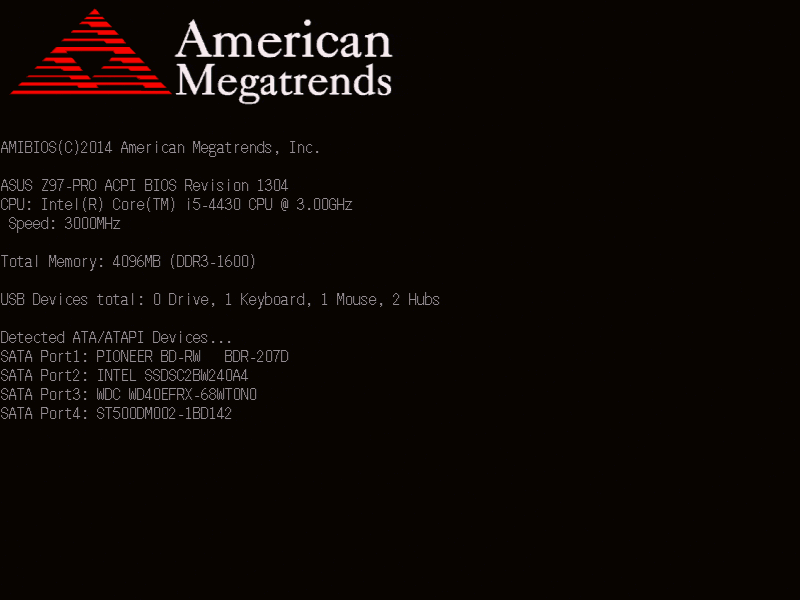


To use the biosdisk utility to create a BIOS flash image, first download the latest raw BIOS image for your system from your manufacturer's website. In UEFI mode you will need to use a different method. Note: This is only supported on systems when booted in "Legacy mode". See fwupd for further information about installation and usage.īiosDisk simplifies the process of flashing your system BIOS under Linux. Large vendors including Dell and Logitech use this way to distribute firmware updates to Linux.įwupd only supports flashing BIOS updates in UEFI mode. The HP ENVY m4-1015dx page, for example, includes instructions that may work on a variety of HP models.įwupd is a simple daemon to allow session software to update device firmware on your local machine. If there is no page for a particular model, it may be useful to look at pages for similar models, as it might be possible to adapt a process for the target model. The instructions sometimes involve bespoke utilities that may even be particular to the upgrade process on a single model. In addition to the tools described below, many laptop pages include individualized instructions for a particular model. 5.6 Images that are too large for a floppy.5.5 Using a FreeDOS-provided Disk Image + USB stick with Windows.5.4 Using a FreeDOS-provided Disk Image + USB stick on Linux.The X15 R2, as configured, is priced at $2899.99 and completely trounces the Blade 15 Advanced, which costs $100 more. With pricing for everything going up these days, it's likely a big issue for gamers looking for their next machine, and Alienware delivers in this arena.

Procyon showed excellent performance from Office, keeping standards with even the MSI Raider, and while the video workload was a bit under expectations, it wasn't far off the Legion. In any case, single thread performance in R23 was top of our charts while multi-thread pulled back slightly to 16201, a few hundred under the Legion. It could be a tuning issue within the BIOS and/or cooling as our Windows settings are consistent across platforms. In our testing, the Alienware was consistently our second-place platform, always beating out the Blade by a sizable margin but playing catch up to the Legion, even with similar hardware. Though Alienware has the better 5200MHz solution, it may be soldered down as we didn't note any slots on the bottom side of the motherboard. I mentioned in the review that this X15 R2 was sent with a similar configuration to our Legion 5 Pro sample this included the CPU, GPU, and memory.


 0 kommentar(er)
0 kommentar(er)
